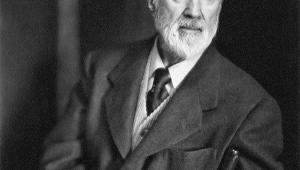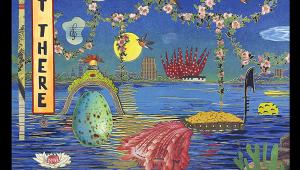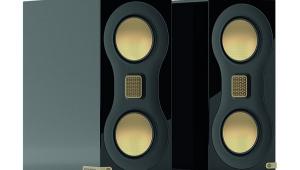Mel Bonis Sepia Postcards In Sound
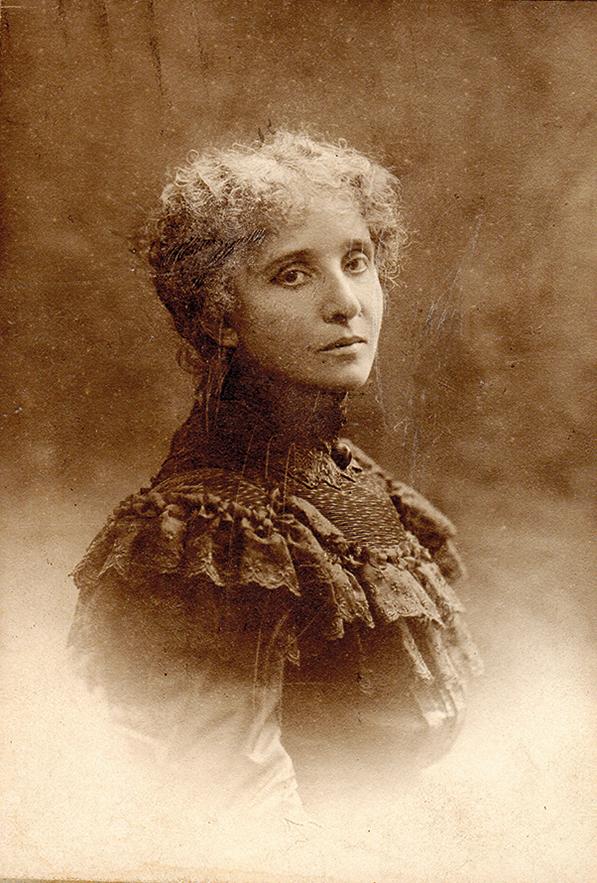
A life story that would make a movie and a catalogue of over 300 works... this forgotten musical heroine of Belle Epoque Paris is explored on record by Peter Quantrill
A good number of female composers are belatedly reaching wider audiences, but few of them deserve your attention as pressingly as Mel Bonis. Take the Flute Sonata, a Lalique vase in four movements, 20 minutes of fleeting impressions, instantly evocative of fin-de-siècle Paris, soaked in musical chartreuse and wreathed in mystery.
Nom de plume
Mel Bonis wasn’t even her real name – she was born Mélanie Hélène Bonis in 1858, but soon disguised herself in print, so that her music would not suffer from being prejudged as coming from the pen of a woman. Fortunately for a middle-class girl from an unmusical background, the culture of French musical education was relatively enlightened for its time. Women had been admitted to the Paris Conservatoire as both students and teachers for some decades before she went there to study with the likes of César Franck and Ernest Guiraud.
Bonis shared Guiraud’s class with Claude Debussy and considered him a ‘composer of the moment’ but lacking in ‘organisation musicale’. This was a view supported by their professors, who were united in admiration for Bonis’s (more traditional) grasp of form. Yet such misgivings did not prevent her from pastiching Debussy in later pieces such as La Cathédrale Blessée, apparently written in response to the bombing of Rheims Cathedral in 1915.

Next to female contemporaries such as Cécile Chaminade and Pauline Viardot, Bonis was at once more adventurous and yet rooted in a romanticism she felt no pressure to relinquish as the times moved around her. However, she was no virtuoso performer (unlike both Chaminade and Viardot) and relied on others to showcase her music.
A Life less ordinary
Her fashionable taste for exoticism appears in pieces with titles like Suite Orientale, Salomé and Le Rêve de Cléopâtre – but also in ‘abstract’ chamber works such as the Violin Sonata. All of Bonis’s music steers a course between an idealised past and a fantasised elsewhere, through sinuously descending lines and modal, chromatic harmony.
Bonis fell in love with a fellow Conservatoire student, Amédée Hettich, but her parents put a stop to the relationship. They forced her to leave the conservatoire and arranged a marriage to a much older and widowed businessman, Albert Domange – who (unsurprisingly) had no truck with the notion of an independent-minded young composer for a wife. Bonis gave up writing music for a decade and became Madame Domange, giving birth to three children as well as looking after a household which included the five children from her husband’s first marriage.
However, Hettich came back into her life a few years later, and encouraged her to begin writing music again. They had an affair, she had to go to Switzerland to give birth to an illegitimate daughter in secret, and immediately give up her baby Madeleine to the care of a former chambermaid. Settings of Hettich’s poetry constitute a quarter of her output of mélodies and span her creative output from 1884 to 1905.
One more twist ensued when Madeleine’s stepmother died on the eve of the First World War, and so she was readopted, as it were, by her real mother. Madeleine and one of her half-brothers then fell in love – and so Bonis was forced to tell her daughter the truth about her parentage, on pain of absolute secrecy. It was only revealed to her legitimate children in the immediate wake of the war.
Meanwhile, Bonis had carried on being Madame Domange, living in Paris and slowly taking a more active part in the musical scene of the capital, where her music was played alongside Gabriel Fauré and Camille Saint-Saëns. It was the latter who remarked after hearing Bonis’s Soir-Matin, ‘I had never believed that a woman could write something like this. She knows all the clever tricks of the composer’s trade’.‘It kindles my desire’
Such well-meaning praise but ingrained sexism was par for the course in the early 20th century. Bonis once remarked that ‘Music speaks to me about what I want, but then withholds it. It kindles my desire and makes me feel the futility of everything... it’s such an awful longing’. You can choose to hear that longing in the harmonic ache of Soir, with its evocation of dusk and mood of anxious retrospection – or you can hear a very Debussy-like transparency, especially in the ripples of the piano part.
It’s tempting (but fruitless) to speculate what more we might have from Bonis had she been afforded the male privileges of her age, such as the time and physical space to dedicate herself to her métier. That she wrote so little for larger forces, and nothing for the stage, can be explained simply by the fact that no one would have performed it. Even the enlightened French were not so enlightened as to believe that female imaginations were capable of handling the complex resources of a Romantic orchestra.
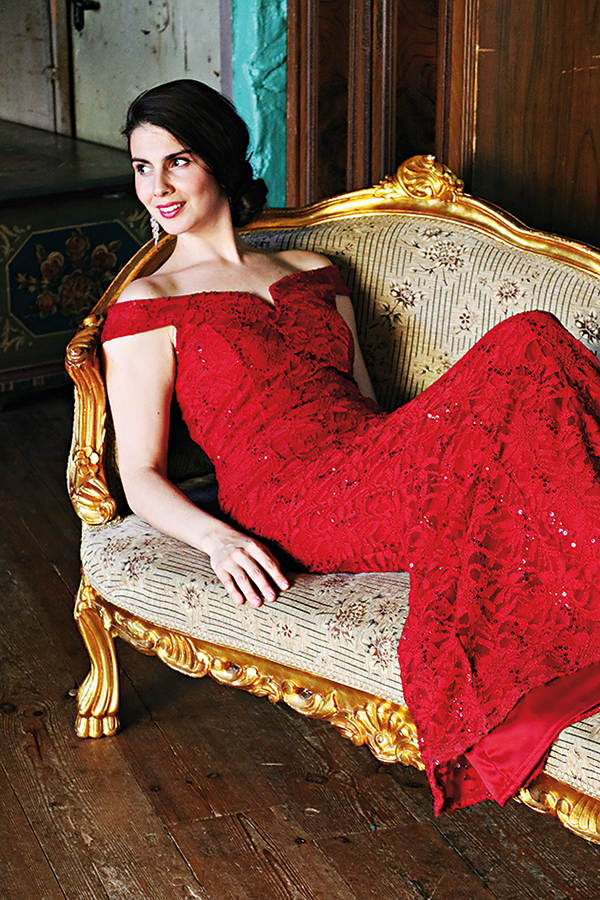
You have to wonder why that would be, when listening to her trilogy of Femmes de Légende, orchestrated from piano originals with an opulence and finesse worthy of Debussy himself, though with darker Wagnerian tints (foreshadowing Schoenberg’s Gurrelieder here and there). I wish she had done the same with her Scènes de la Forêt, scored for the unusual trio of flute, horn and piano.
Forest fruits
Bonis wrote this cycle around 1928, a decade before her death. She was by then 70, with a half-century and more of interrupted experience writing music, and you can tell, in the way that everything here works. Each part is so beautifully written for its instrument. Always the atmosphere of the forest is palpable, even using only three instruments – the forest we’re familiar with from Shakespeare and Tolkien, as a place in which nature runs its course and humans enter at their peril, a place of danger and enchantment.
My list of Essential Recordings below is necessarily limited by what’s available. Who knows what treasures await their first recordings, among her organ music and liturgical output? Even her chamber music has so far attracted mostly single recordings – Mel Bonis explorers are not spoilt for choice. The corollary is that all the performers are dedicated to their task, seemingly aware of their responsibility to persuade the rest of us to pay attention.
Essential Recordings
Piano
ARS Produktion ARS38349 (SACD)
A chronological survey through the largest section of Bonis’s work, with Myriam Barbaux-Cohen as our sympathetic guide.
Violin Sonata, Suites
AVI-Music AVI8553534
Bonis was a master of larger abstract forms, as violinist Sandrine Cantoreggi shows in the four-movement Sonata.
Music For Flute And Piano
Brilliant Classics 96927
Mario Ancillotti (flute) and Eliana Grasso (piano) host an hour-long salon, with another largescale Sonata and late miniatures.
Scènes de la Forêt, Suite en Trio, etc
Hänssler 93204
Flautist Tatjana Ruhland leads sensuously played and recorded accounts of several peaks in Bonis’s chamber oeuvre.
Femmes de Légende
La Dolce Volta LDV103
Mel Bonis and three more ‘Poètesses Symphoniques’ – Boulanger, Holmès and Jolas – from the Metz Orchestra and David Reiland.
Women Composers Of The Belle Epoque
BIS BIS2546
In lieu of a full guide to Bonis’s song output, this nine-composer recital from soprano Laetitia Grimaldi is an enchanting substitute.




